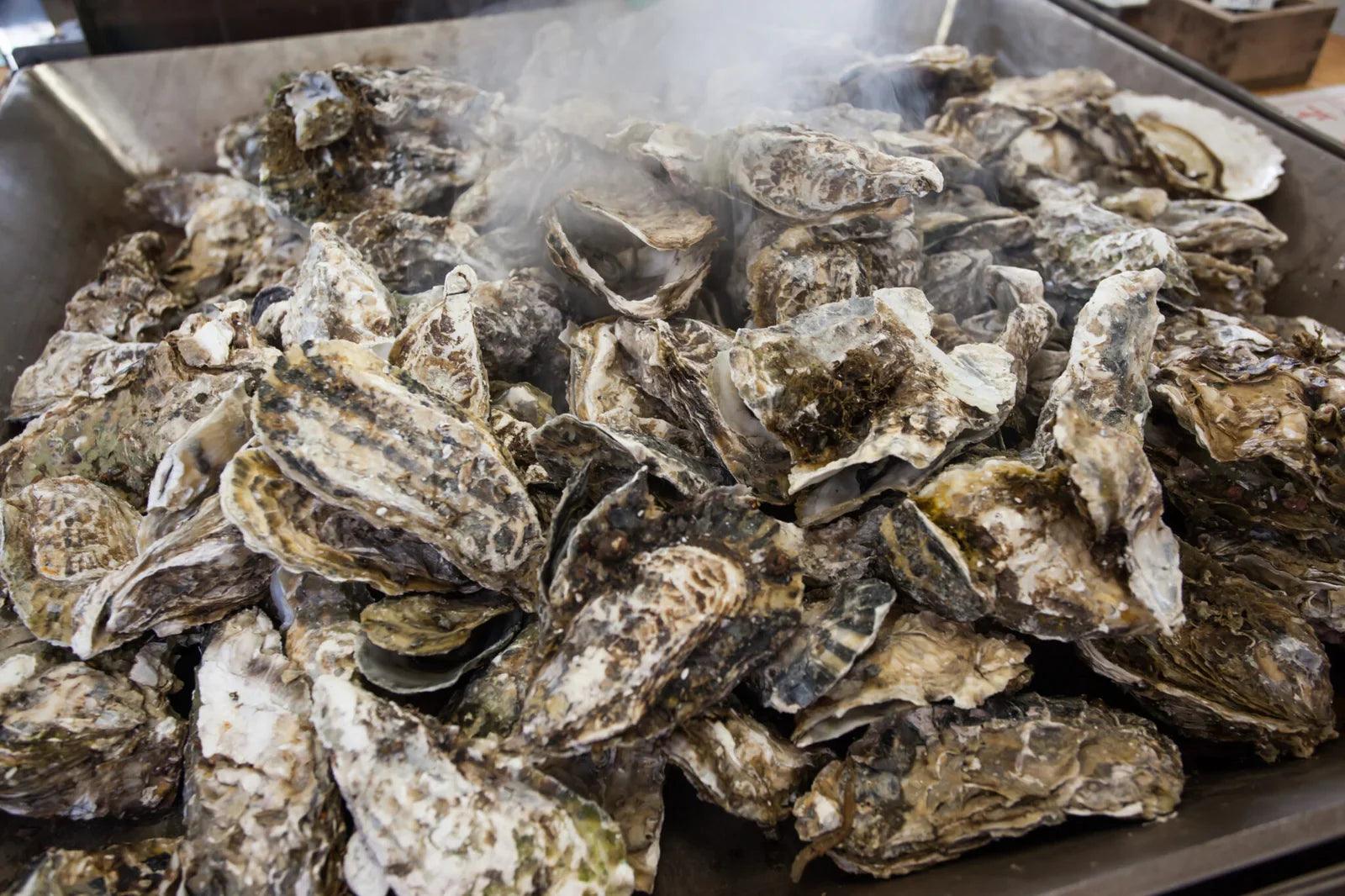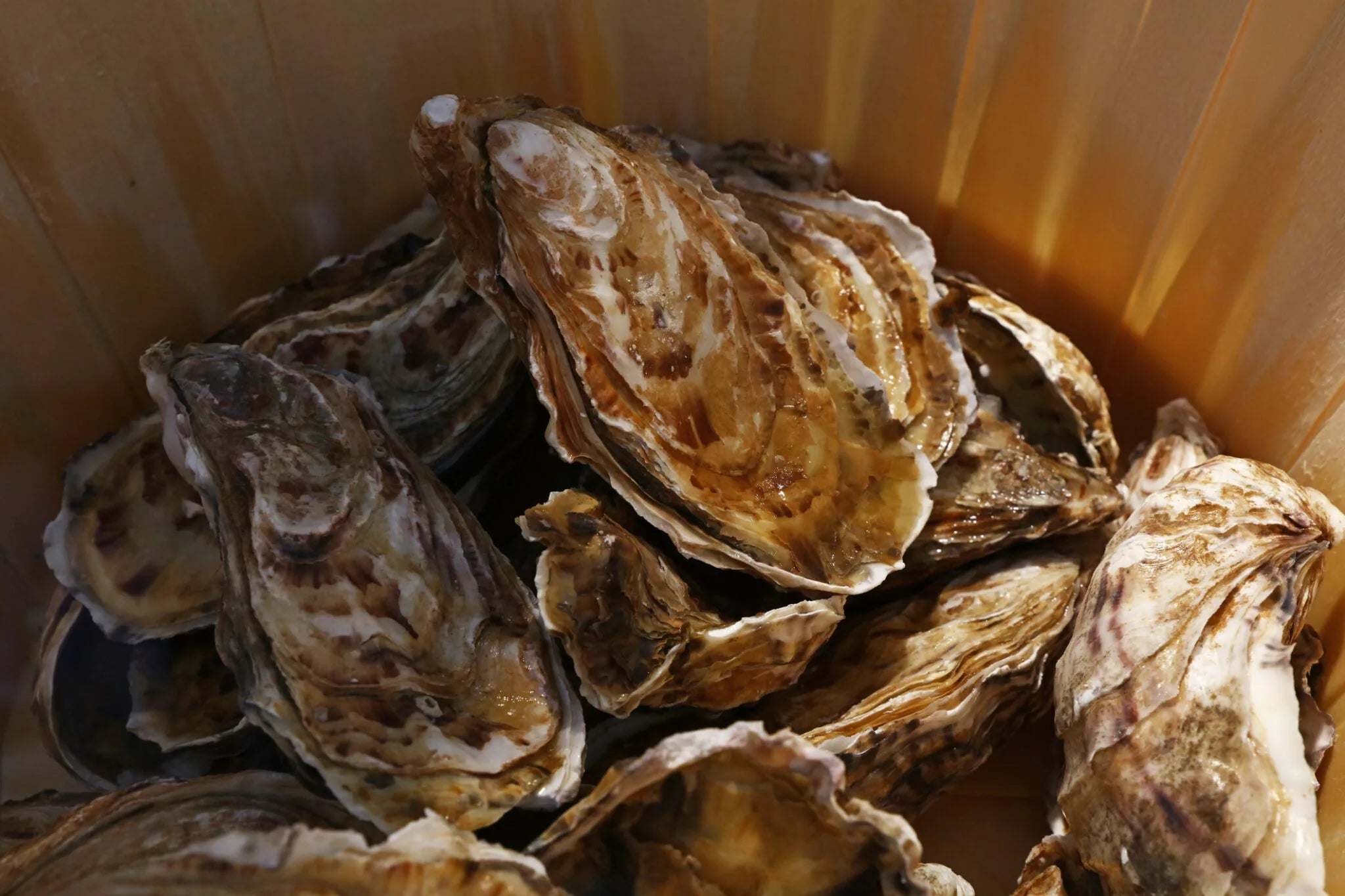
Steaming Seafood for Maximum Flavor
What Makes Steaming the Best Cooking Method for Seafood?
Steaming is often hailed as one of the best cooking methods for seafood, and for good reason. Unlike frying, grilling, or baking, steaming uses moist heat to cook food gently, preserving the delicate texture and natural flavors of seafood. When seafood is steamed, it retains its moisture, ensuring that it doesn’t dry out or become rubbery—a common issue with other high-heat cooking methods. This makes steaming particularly ideal for delicate fish and shellfish, which can easily overcook.
One of the standout benefits of steaming is its ability to preserve nutrients. Many cooking methods, such as boiling, can leach water-soluble vitamins like B-complex and vitamin C into the cooking water. Steaming, on the other hand, minimizes nutrient loss, allowing seafood to retain its full nutritional profile. This is especially important for omega-3 fatty acids, which are essential for heart and brain health. Unlike frying, which can degrade these healthy fats, steaming keeps them intact.
Health-conscious cooks also appreciate steaming for its low-fat approach. Since the method doesn’t require oil or butter, it’s a naturally low-calorie way to prepare seafood. Additionally, steaming enhances the natural sweetness and brininess of seafood, allowing its inherent flavors to shine without the need for heavy sauces or seasonings. For those looking to enjoy seafood in its purest, healthiest form, steaming is the ultimate choice.
The Chemistry Behind Steaming: How It Works
The science of steaming is both fascinating and straightforward. At its core, steaming involves cooking food using the heat from water vapor. When water is heated to its boiling point (100°C or 212°F at sea level), it transforms into steam. This steam surrounds the food, transferring heat evenly and efficiently. Unlike dry heat methods like baking, which can create hot spots, steaming ensures consistent cooking throughout.
One of the key chemical processes at play during steaming is the denaturation of proteins. As the steam penetrates the seafood, it causes the proteins to unravel and coagulate, resulting in a firm yet tender texture. This gentle cooking process is particularly beneficial for seafood, as it prevents the proteins from tightening too much, which can lead to a tough or rubbery texture.
Steaming also helps to retain water-soluble vitamins and minerals, which are often lost in other cooking methods. For example, when fish is boiled, nutrients like potassium and magnesium can leach into the cooking water. Steaming eliminates this issue, ensuring that the seafood remains as nutrient-dense as possible. Additionally, the moist environment created by steam helps to prevent the surface of the seafood from drying out, preserving its natural juiciness and flavor.
Choosing the Right Seafood for Steaming
Not all seafood is created equal when it comes to steaming. Certain types of seafood are better suited to this cooking method due to their texture, thickness, and flavor profile. Shellfish, such as clams, mussels, and shrimp, are excellent candidates for steaming. Their natural brininess pairs beautifully with the gentle cooking process, and the steam helps to open their shells and cook them evenly.
Delicate fish like cod, halibut, and sole also shine when steamed. These types of fish have a mild flavor and tender texture that can be easily overwhelmed by more aggressive cooking methods. Steaming allows their subtle flavors to take center stage. For thicker cuts of fish, such as salmon or tuna, steaming can still work well, but it’s important to adjust the cooking time to ensure even doneness.
When selecting seafood for steaming, freshness is key. Look for fish with clear eyes, firm flesh, and a clean, ocean-like smell. For shellfish, ensure that the shells are tightly closed or close when tapped, as this indicates they are alive and fresh. Thickness and fat content are also important considerations. Thinner, leaner cuts of fish will cook more quickly, while thicker or fattier cuts may require slightly longer steaming times.
Tools and Equipment for Perfectly Steamed Seafood
To achieve perfectly steamed seafood, having the right tools and equipment is essential. Traditional steamers, such as bamboo baskets, are a popular choice, especially for smaller portions or Asian-inspired dishes. These baskets are stackable, allowing you to steam multiple layers of food simultaneously. They also add a subtle, earthy aroma to the seafood.

For larger portions or more modern kitchens, stainless steel steamers or multi-tiered pots are excellent options. These tools are durable, easy to clean, and can accommodate a variety of seafood types. Electric steamers and pressure cookers offer a more hands-off approach, with precise temperature controls and timers to ensure consistent results.
If you don’t have a dedicated steamer, it’s easy to improvise with common kitchen items. A large pot with a tight-fitting lid, a heatproof plate, and a metal rack can create a makeshift steaming setup. Simply place the rack in the pot, add water below the rack, and position the seafood on the plate above the waterline. Cover the pot, and you’re ready to steam.
Step-by-Step Guide to Steaming Seafood
Steaming seafood is a straightforward process, but attention to detail can make all the difference. Start by preparing your seafood. Rinse it under cold water to remove any debris, and pat it dry with a paper towel. If you’re steaming fish, consider seasoning it with salt, pepper, and a drizzle of lemon juice. For shellfish, a quick soak in cold water can help to remove any sand or grit.
Next, prepare your steamer. Fill the base with water, ensuring that the water level is below the steaming rack or basket. Bring the water to a boil, then reduce it to a simmer. Arrange the seafood in a single layer on the steaming rack or basket, leaving space for the steam to circulate. For added flavor, layer aromatics like garlic, ginger, or fresh herbs beneath or alongside the seafood.
Cooking times will vary depending on the type and thickness of the seafood. As a general rule, fish fillets take about 8-10 minutes per inch of thickness, while shellfish like mussels and clams are done when their shells open, usually within 5-7 minutes. Avoid overcooking by checking for doneness frequently. Fish should flake easily with a fork, and shrimp should turn pink and opaque.
Enhancing Flavor: Seasoning and Pairing Ideas
While steaming brings out the natural flavors of seafood, thoughtful seasoning can elevate the dish to new heights. For a classic approach, season fish with salt, pepper, and a squeeze of lemon before steaming. Add fresh dill or parsley for a burst of herbal freshness. For shellfish, consider steaming with white wine, garlic, and shallots to create a flavorful broth.
For an Asian-inspired twist, marinate fish in a mixture of soy sauce, sesame oil, and grated ginger before steaming. Serve with a dipping sauce made from soy sauce, rice vinegar, and chili flakes. Alternatively, infuse the steam with aromatics like lemongrass, kaffir lime leaves, or star anise for a fragrant, Southeast Asian flair.
Pair your steamed seafood with complementary side dishes to create a balanced meal. Steamed vegetables, such as asparagus or bok choy, are a natural choice. Rice, quinoa, or crusty bread can help to soak up any flavorful juices. For a more indulgent option, serve steamed lobster or crab with a side of garlic butter or aioli.
Troubleshooting Common Steaming Issues
Even with the best intentions, steaming seafood can sometimes go awry. One common issue is rubbery textures, which are often the result of overcooking. To avoid this, monitor cooking times closely and use a timer. If your seafood turns out bland, it may be under-seasoned. Adding aromatics or seasoning the seafood before steaming can help to enhance its flavor.
Uneven cooking is another potential pitfall. To address this, ensure that the seafood is arranged in a single layer and that the steam can circulate freely. If you’re steaming multiple types of seafood with different cooking times, consider adding them to the steamer in stages.
The Environmental and Sustainability Benefits of Steaming
Steaming is not only a healthy cooking method but also an environmentally friendly one. It requires minimal energy compared to methods like baking or frying, making it a more sustainable choice. Additionally, steaming doesn’t produce the smoke or grease associated with grilling or frying, reducing its environmental impact.
Choosing sustainably sourced seafood is another way to make your meal more eco-friendly. Look for certifications like the Marine Stewardship Council (MSC) or the Aquaculture Stewardship Council (ASC) to ensure that your seafood is harvested responsibly. Supporting sustainable fisheries helps to protect marine ecosystems and ensure the long-term availability of seafood.
Creative Recipes to Try with Steamed Seafood
Steamed seafood is incredibly versatile, lending itself to a wide range of recipes. For a luxurious treat, try steamed lobster with garlic butter and a side of roasted potatoes. For a lighter option, prepare Asian-style steamed fish with soy sauce, ginger, and scallions, served over jasmine rice. Mussels steamed in white wine with garlic and parsley make for an elegant appetizer or main course.
Experiment with global flavors to keep things interesting. Add Moroccan spices like cumin and coriander to your steamed fish, or try a Thai-inspired approach with coconut milk, lime, and chili. The possibilities are endless, and steaming provides a blank canvas for your culinary creativity.
Steaming is the Ultimate Way to Enjoy Seafood
Steaming seafood is a simple yet sophisticated cooking method that highlights the natural beauty of the ingredients. By preserving nutrients, enhancing flavors, and offering a sustainable approach, steaming is the ultimate way to enjoy seafood at its best. Whether you’re a seasoned chef or a home cook, steaming is a technique worth mastering.


